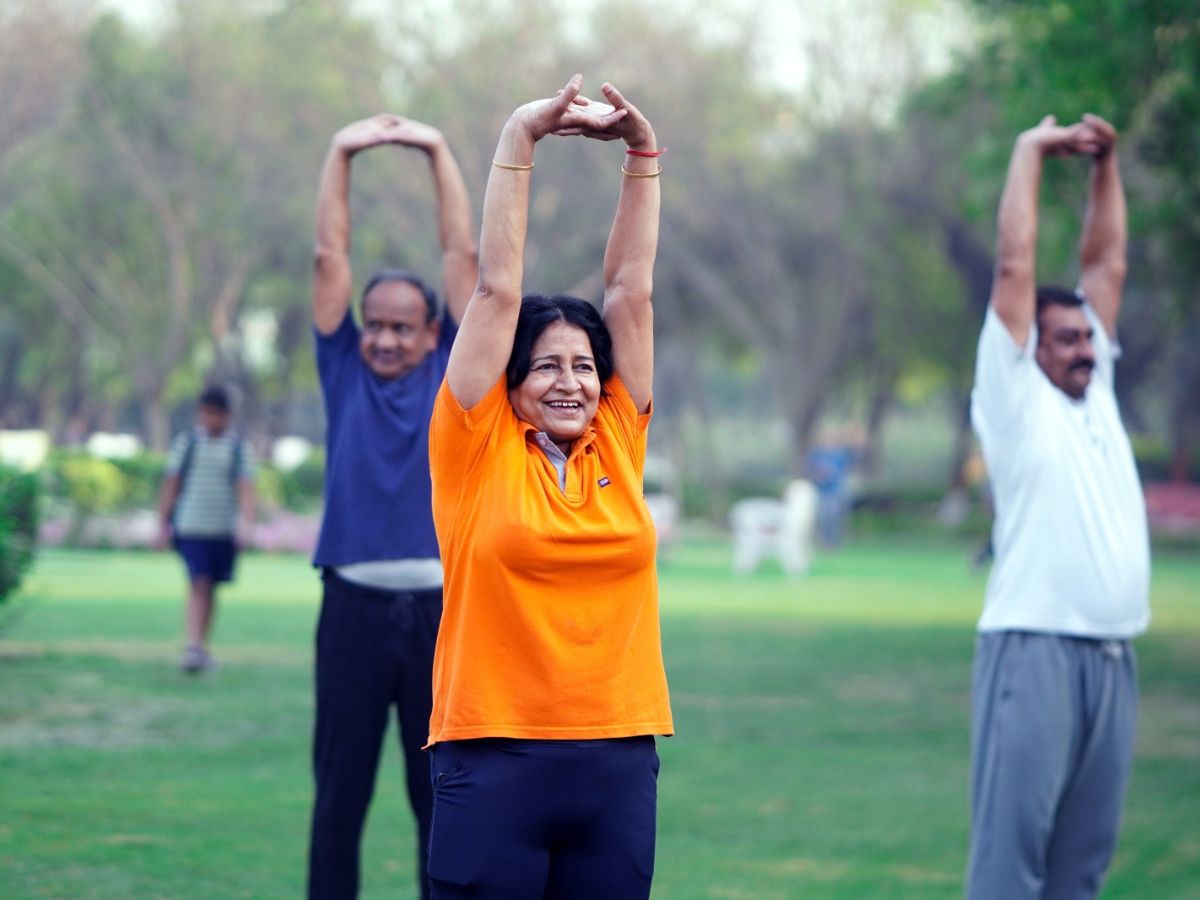
Easy Joint Exercises for All Ages: Keep Your Joints Healthy and Strong
The musculo-skeletal system plays a vital role in our everyday lives- allowing us to move around and perform even the simplest of tasks in a seemingly effortless, but highly organised manner. Joints are a major part of this musculo- skeletal system. They are constantly at work, supporting the body to be mobile and physically well. Joint health exercises are specific activities that are designed to strengthen the muscles around the joint for better flexibility and to maintain full range of motion. These exercises help in pain reduction, prevent injury and help you stay active and mobile for life. Regular and gentle exercise reduces stiffness and joint pain. To avoid problems in your 60’s, it’s better to start these simple exercises in your 20s, as they are designed to keep you fit, flexible and healthy in the long term.
What Does Exercise Do To Your Body?
A joint is a complex structure with a dynamic support system that comprises different muscles, ligaments and tendons that surround and support it. Exercise strengthens this dynamic structure by increasing mobility and flexibility, which in turn helps in absorbing the shock and stress of daily activities like walking, lifting, running etc. Exercise holds the joint apparatus in proper alignment, preventing damage from tiny micro movements that lead to long term wear and tear.
Basic Beginners Guide To Joint Exercises
A well designed exercise routine for improved joint health is achieved using a combination of three requisite types of exercises. These movements initiate powerful holistic improvement on joint health for lifelong resilience.
- Type 1: Low impact aerobic or cardio that includes walking, cycling and swimming. These types of work outs can be done by any age group; they increase heart rate without placing any undue strain on your joints. They play a key role in weight management, improving circulation and boosting energy levels.
- Type 2: Muscle strengthening exercises like squats, push-ups, lunges. These types of joint exercises strengthen the joints and build muscles that act as natural shock absorbers. They don’t require heavy lifting and help in strengthening of bones and major joints like the knee, hip, wrist, elbow and shoulders, respectively. Using resistance bands in muscle strengthening exercises helps in building stability and overall strength. Proper technique is extremely important and it is best to learn them with expert supervision, to avoid locking of joints.
- Type 3: The main purpose of your joints is to help an individual have full range of pain free movements in a day. This is possible only if the joints are strong enough to move through their full intended range of motion without any stiffness. Exercises like stretching and yoga that focus on controlled movements help in lubrication of joints, to build good flexibility, mobility and balance which are necessary to avoid falls in young and older adults.
Conclusion– Physical work outs and exercises do have a major role in balance and maintaining the strength and flexibility of joints. But to achieve healthy and strong joints, one must also consume a balanced diet that is rich in calcium, vitamin D and omega 3 fatty acids that help promote bone and joint health. Maintaining a healthy weight, hydration, using proper posture and lifting techniques along with adequate sleep can help an individual strengthen their joint health sustainably. Strong joints will let an individual have improved mobility and stability. Healthy joints also help in avoiding the risk of injury, pain and degeneration, keeping mind and body at peace- promising better quality of life ultimately!
Frequently Asked Questions
Yes there are many age appropriate exercises that improve joint health. The most effective way is to incorporate a mix of low impact aerobic activities, strength training and flexibility exercises and avoiding high impact movements that strain joints and cause pain.
No, they are not only advised for individuals with weak joints. They help in strengthening weak joints and muscles for affected individuals and can prevent problems and maintain joint health in healthy individuals.
Yes, arthritic patients are advised to do joint strengthening exercises as they not only relieve pain but also strengthen the muscles around the joints, improve function and prevent degeneration.
Yes, lifestyle choices can vastly affect joint health; healthy lifestyle strengthens bones and joints while poor habits can lead to damage and pain. Weight management, diet, exercise, posture and smoking habits are a few key factors to be considered in maintaining joint health.
Yes, patients with cardiac issues can do cardio exercises, but it is important to consult a physician for a personalized, safe plan considering their specific condition. Starting slowly under guidance of an expert can help in improving and strengthening cardiac muscles.

